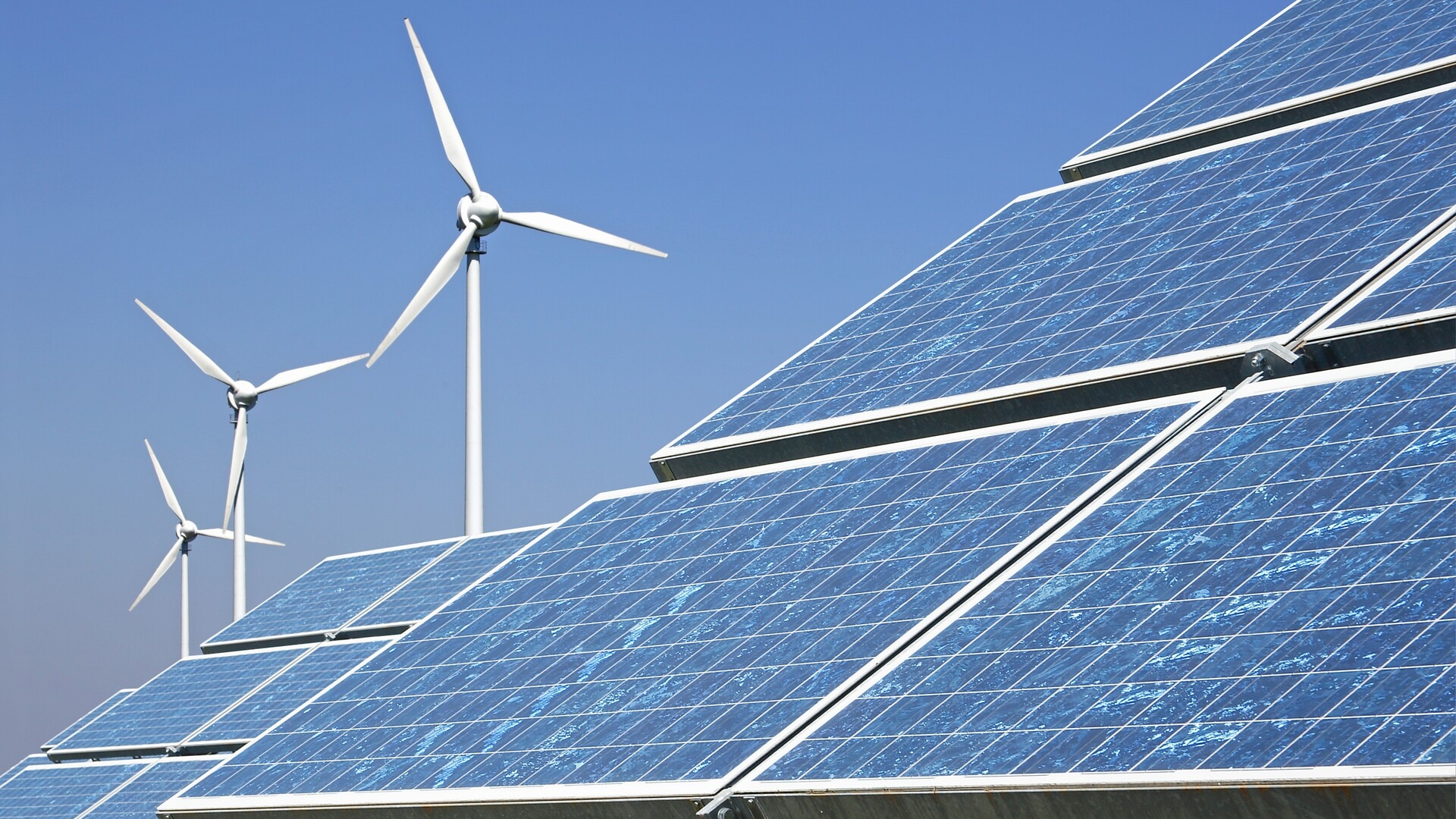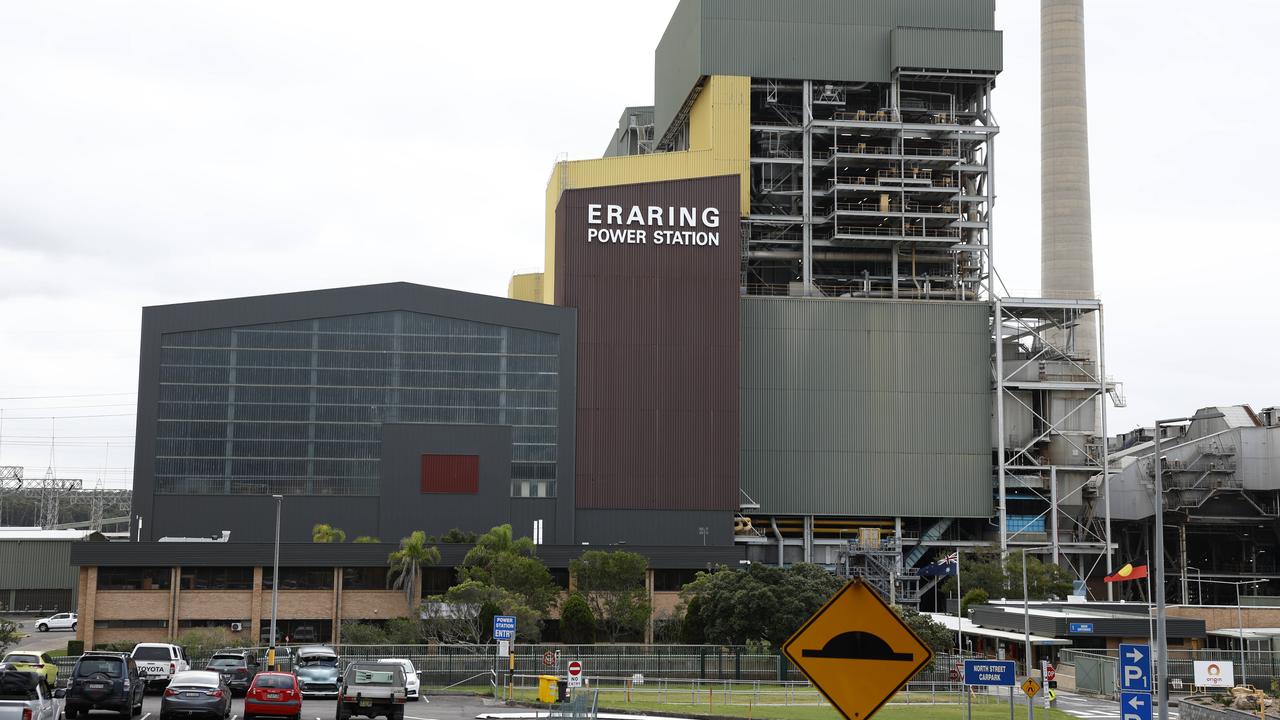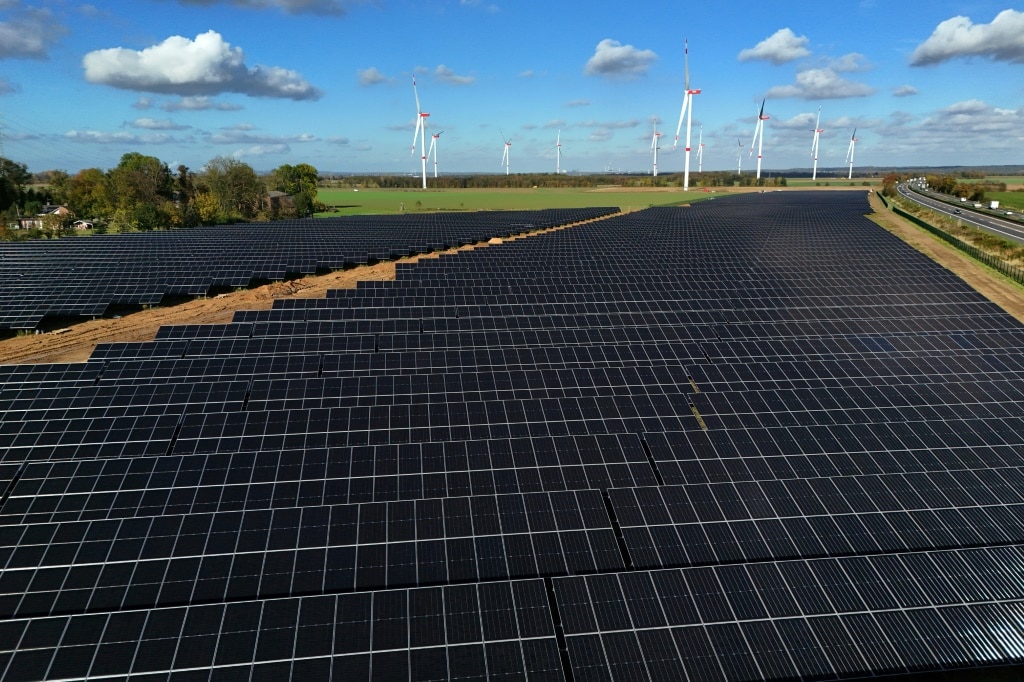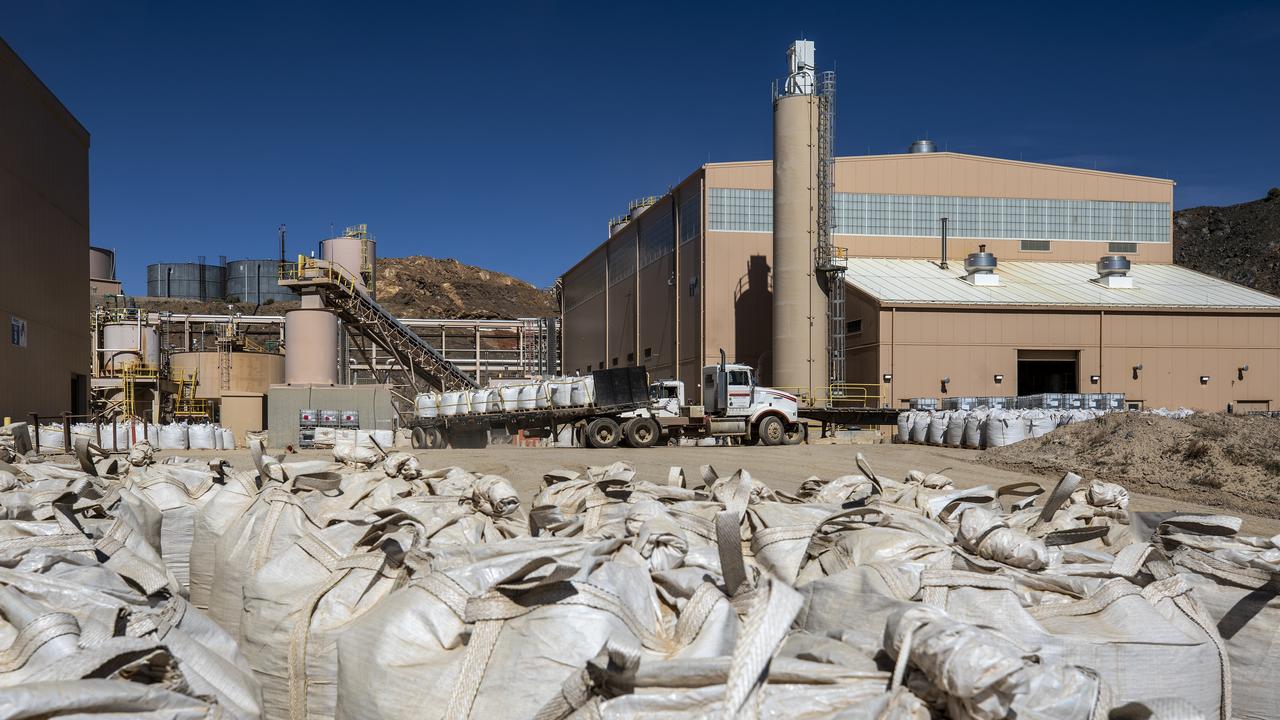Rapid growth in solar set to end in 2025: Wood Mackenzie
The global surge in solar power will end in 2025 as less ambitious climate action results in growth in the number of installed PV cells stalling, energy group Wood Mackenzie has predicted.

Business
Don't miss out on the headlines from Business. Followed categories will be added to My News.
The global surge in solar power will end in 2025 as less ambitious climate action results in growth in the number of installed PV cells stalling, respected energy group Wood Mackenzie has predicted.
The forecast will cause alarm among environmentalists and supporters of a rapid transition to renewable energy as global efforts to curtail emissions appear to have stalled.
The election of US President Donald Trump, who has pulled the US out of the Paris Agreement – a global pledge to reduce emissions – illustrates a growing push to bolster fossil fuel production as a remedy for a cost-of-living crisis.
Wood Mackenzie said that as a result, the global solar market reached 495GWdc (gigawatts direct current) of installed capacity in 2024, a 14 per cent increase compared to 2023. However, the growth trend was likely to reverse course in 2025.
Sylvia Leyva Martinez, principal analyst, utility-scale solar PV, North America, for Wood Mackenzie, said the stagnant installation outlook would be driven by policy changes.
“Solar deployment will decelerate in many countries as policy changes come to fruition,” Ms Leyva Martinez said.
“Post-election uncertainty, waning incentives, power sector reforms and a shift towards less ambitious climate agendas will drive solar installations to stagnate at 493GWdc after years of exponential growth.”
The Wood Mackenzie report does not specifically mention Australia, but the forecast is at odds with projections and domestic policy.
The federal Labor government has said it will use taxpayer funds to underwrite 32GW of renewable energy projects as it bids to accelerate the transition away from coal. Labor has set the ambitious target of having renewable energy generate 82 per cent of Australia’s power by 2030.

The Coalition in contrast has proposed building seven nuclear power stations. But with the first one not expected to be operational until 2037, it is likely to have to run coal for longer.
Critics insist Australia’s coal fleet will not make the extended timeline, and a new report from the Climate Council estimated more than 60 per cent of the fleet wais now more than 40 years old – typically the technical lifespan of these facilities.
Greg Bourne, climate councillor at the advocacy group, said the reliability of coal power stations began to decline from 40 years old, decreasing from 81 per cent to 65 per cent on average.
“More than half of our coal fleet was built in the 1980s. As they age, their reliability drops dramatically. In states like NSW and Victoria, where coal stations are the oldest, the risks are particularly acute,” Mr Bourne said.
“Coal’s worsening reliability is particularly concerning during peak summer periods.”
The Coalition insists its proposal is viable, highlighting younger power stations in Queensland and its proposed increased use of gas. It has said it will pay gas power stations to back up the grid for periods of insufficient supplies or unusually high demand.
However, the Coalition will need to move to bolster gas supplies amid warnings that the east coast will soon experience supply shortages as traditional sources begin to deplete.
More Coverage
Originally published as Rapid growth in solar set to end in 2025: Wood Mackenzie









